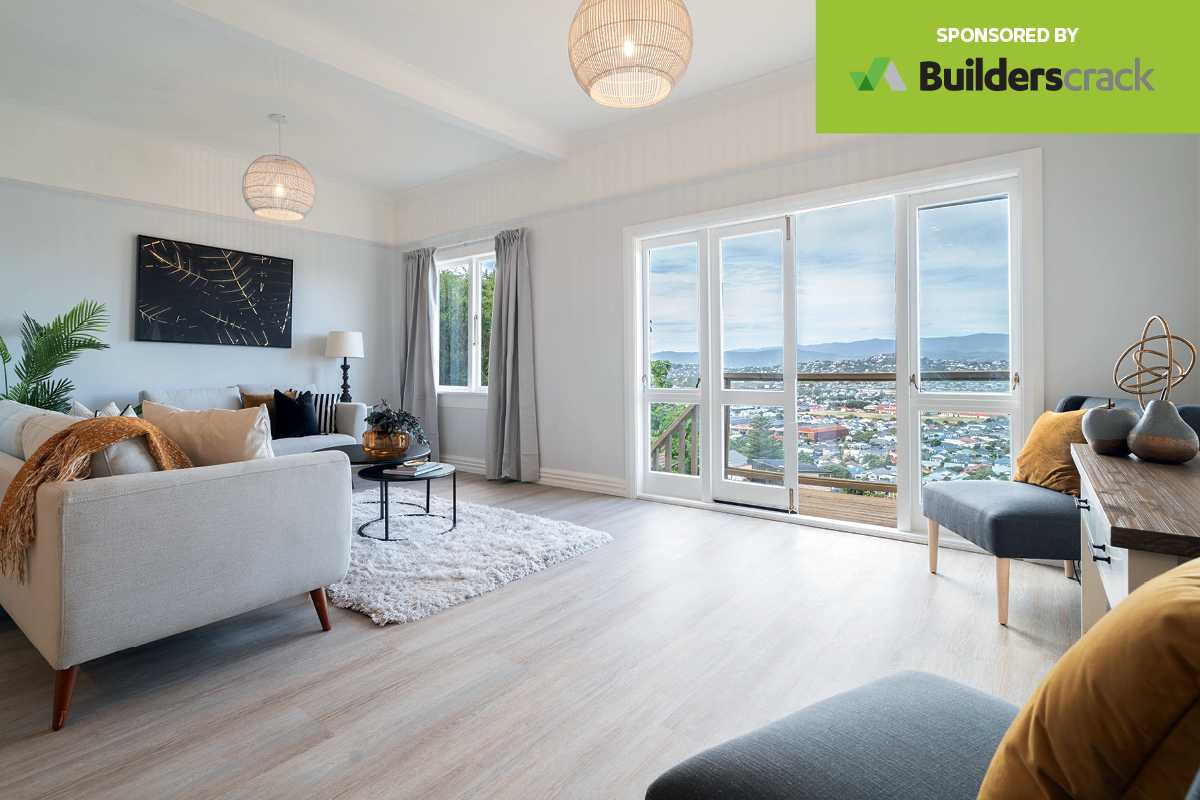
Paint Through The Weather
Sometimes even small changes to a house or unit can make a dramatic difference, and paint has always been one of the most versatile tools in a property owner’s box of tricks. But painting in wet weather can’t be done – or can it? Louise Richardson takes a look at the latest products.
31 August 2016
Once Upon A Time Choosing and using paint was a simple business. There were interior and exterior formulations – enamel or water-based. End of story.
Nowadays we’re spoilt for choice a paint ranges continue to expand, in colour and in quality and function, giving scope to improve a property in terms of aesthetics as well as making it safer and healthier.
Painting In The Damp
The tail-end of winter isn’t really the ideal time for beginning an outdoor paint job especially in the damp, humid north.
Apart from anything else, you’ll probably get cold and wet. Paint tends to thicken when the weather’s cold, and is harder to apply.
Standing the pot in warm water to soften it helps, but if it’s raining or about to rain you still risk compromising your paint finish.
When the forecast is for light showers only, check out Resene Umbrella Additive, a remarkable new product that protects waterborne paints while they dry. It’s very effective in repelling the effects of a light shower but isn’t suitable for heavy - or even medium - rain.
Protect Against Mould
In general, during periods of high humidity, the water in water-based paints can’t evaporate enough to form the dry finish required, and the surface may bubble or warp. This creates ideal conditions for mould to occur, so if you are painting this month, be sure to use a product containing fungicide. Ask for expert advice on choosing the right one at your local decorating store.
If low temperatures are potentially a problem, then the Resene Wintergrade range of paints may be your saving grace. Developed with tradespeople who work year-round in mind, anyone can take advantage of its unique properties. With low-sheen, semi-gloss and waterborne gloss formulas available this is a game changing product, which dries in temperatures as low as two degrees.
Although September can still be cool, the dry days that are ideal for painting outside in comfort should become increasingly more frequent, so you can probably start now – with reasonable confidence.

A useful rule of thumb is to look at your washing line. If the day is bright and breezy and clothes, sheets and towels look set to dry, then break out the brush or roller, aiming to finish before the height of summer, when new problems relating to excess heat can arise.
Summer Heat
And with those upcoming issues in mind, using a preparation such as Resene’s CoolColours can be a very practical decision for areas which experience searing sun. These products are designed to reflect damaging UV, reducing heat build-up, thereby keeping the surface cooler.
“Resene CoolColours are ideal on exterior painting projects where dark colours are planned, especially roofs, fences and weatherboards,” Resene marketing manager Karen Warman says.
They’re also perfect for horizontal surfaces such as decks, allowing your tenants to walk bare-foot in comfort.
Revive And Rejuvenate
Still looking at the exterior of a property there are loads of other improvement or repair jobs you can undertake using paint and paintrelated products.
Nowadays it’s possible to rejuvenate such surfaces as asphalt and driveways; re-stain decks; slip-proof outdoor steps; and even give the place a completely new look by painting existing bricks or stucco finishes.
The key to success lies in thoroughly cleaning, killing mould and, in the case of bricks, sealing such surfaces before picking up a paint brush.
Roofs are another place where scientific progress is paying dividends. Effective cleaning, priming and painting preparations have made it easier than ever to renew a property’s crowning glory.
Success in painting inside a house or unit isn’t quite as weather dependent as it is outside, but you’ll still need adequate ventilation to ensure perfect drying.
Take the chance to introduce purpose developed mould and mildew resistant paints in spaces such as bathrooms and kitchens in order to make them healthier environments for your tenants.


Perfect Prep
As always, the rule is to clean the surface completely before beginning work. Resene have recently improved their SpaceCote waterborne enamel range with new formulas that are easily cleaned and harder to damage. Available in low sheen and flat finishes they are environmentally friendly and ideal for wet areas.
Tired bathrooms can be revamped by painting over old tiles or laminates. Use Resene Waterborne Smooth Surface Sealer then a couple of coats of a waterborne enamel topcoat. You’ll be amazed at how good this can look. Make sure tenants are able to wait a couple of days before using their newly painted bathroom.
The same sort of cheap and cheerful makeover can also transform a dated kitchen. Cupboard and drawer fronts will look fresh and attractive again with a coat of paint and new handles.
If you have good, reliable, renters, consider letting them choose new shades and possibly even do the work themselves. With the prospect of owning their own homes diminishing by the day for many New Zealanders, we all need to get used to the idea of long-term letting and involve loyal tenants in aesthetic decisions.
Top Tips
Never simply paint over mould and other nasties. You need to kill it first with an appropriate product or it will just grow through the paint.
When painting inside, use cotton drop-cloths – maybe old sheets from your own cupboard, or from an op-shop, rather than plastic, which can be slippery and dangerous.
If using a roller and tray, wrap the roller in cling-film when you’re not using it – for example, at stages of the job where you’re using a brush. This saves constant washing and drying in between.
Try not to buy more paint than is needed for a particular project. Leftovers will, however, last a long time, so keep them for touch-ups.
Unused solvent or oil-based paints should never be poured down a drain. Contact your council and ask when their ‘Hazmobile’ will next be in your neighbourhood or get directions for an appropriate disposal depot.


